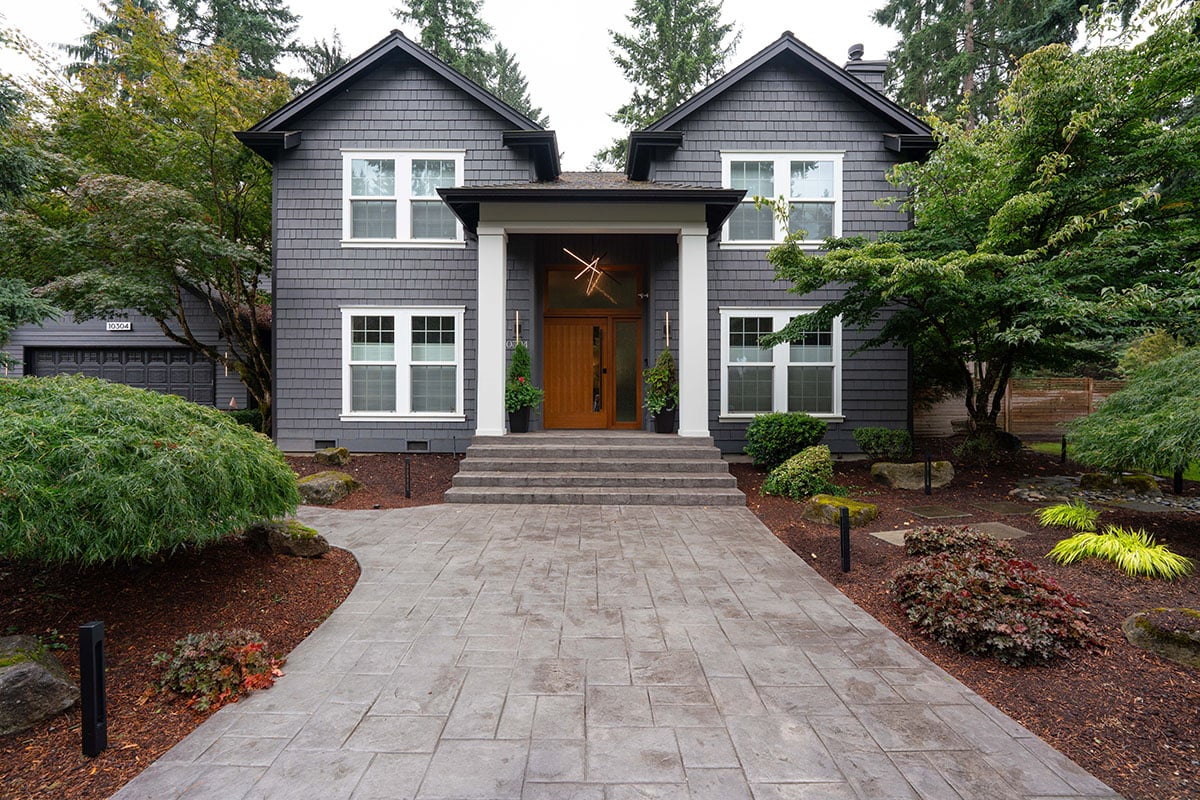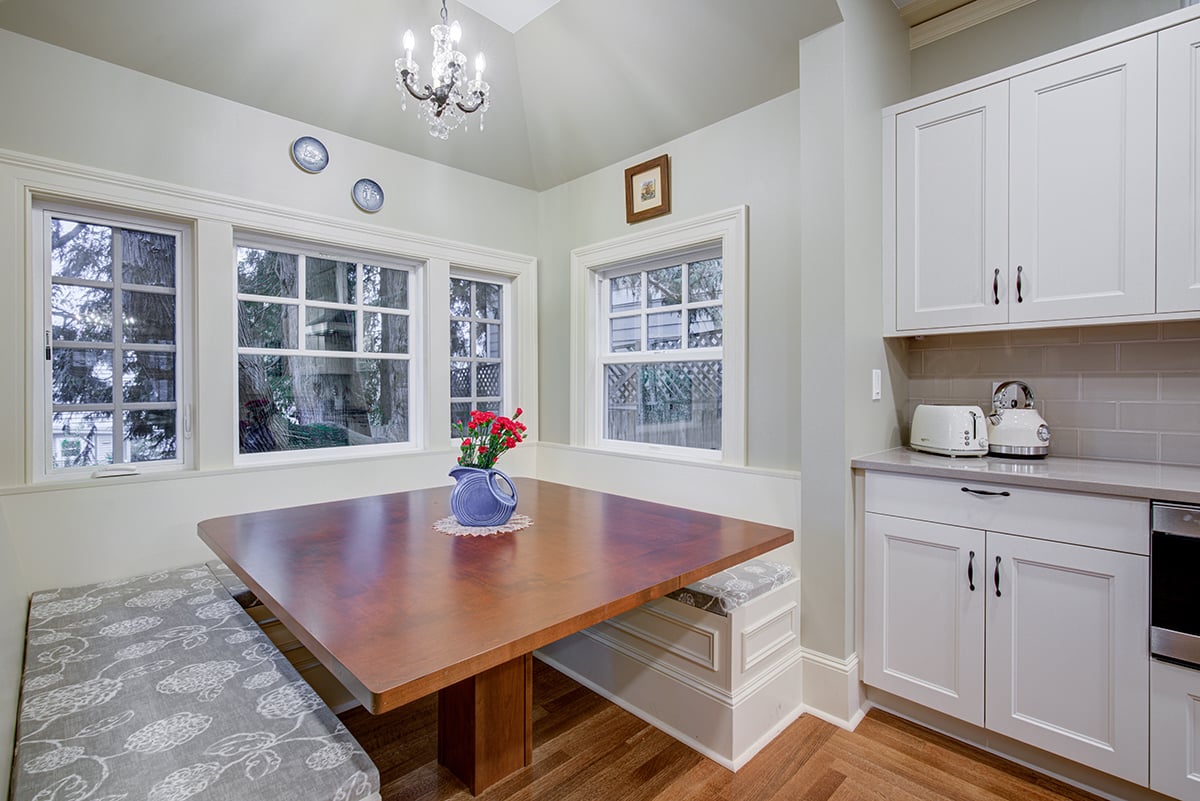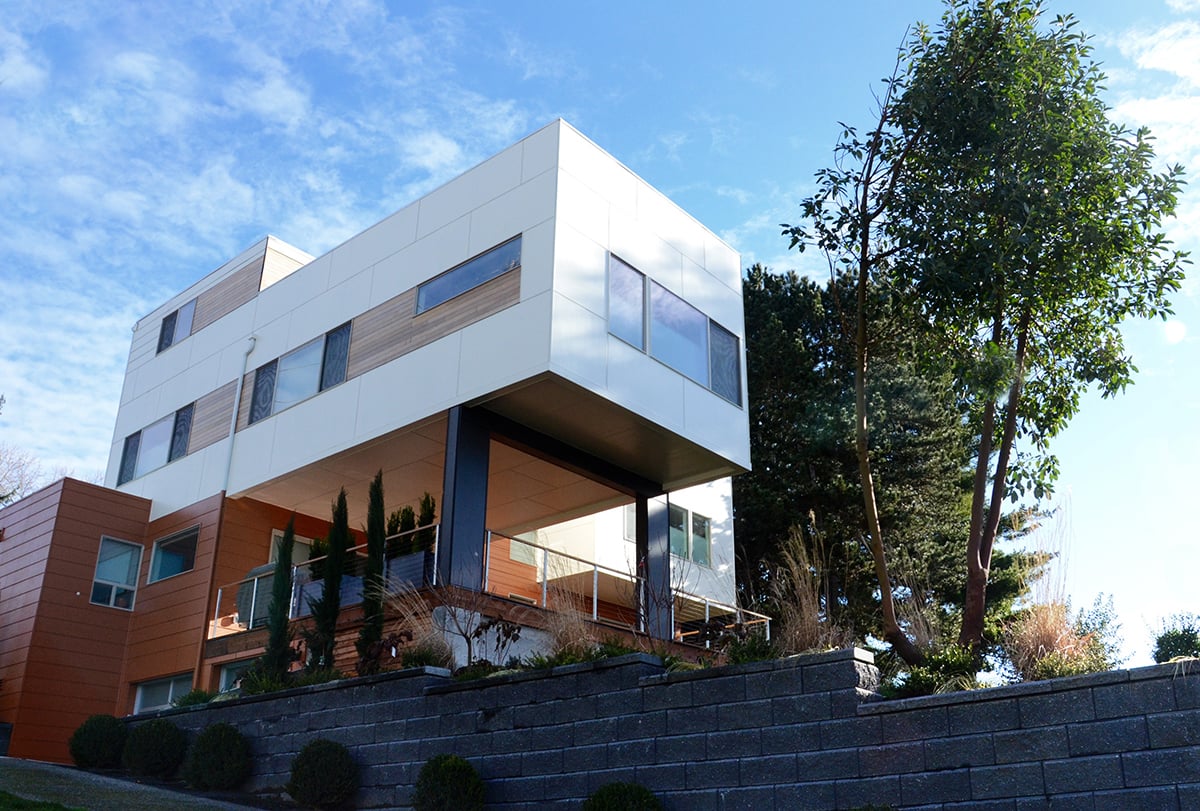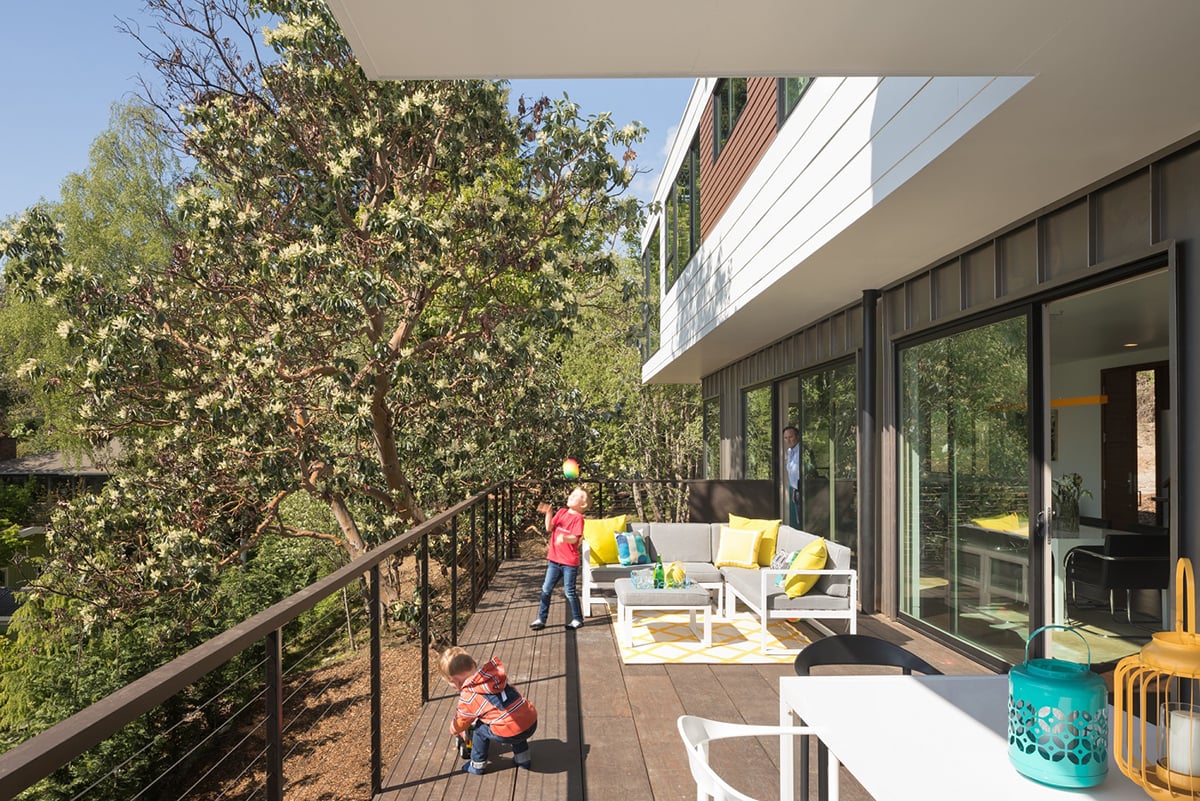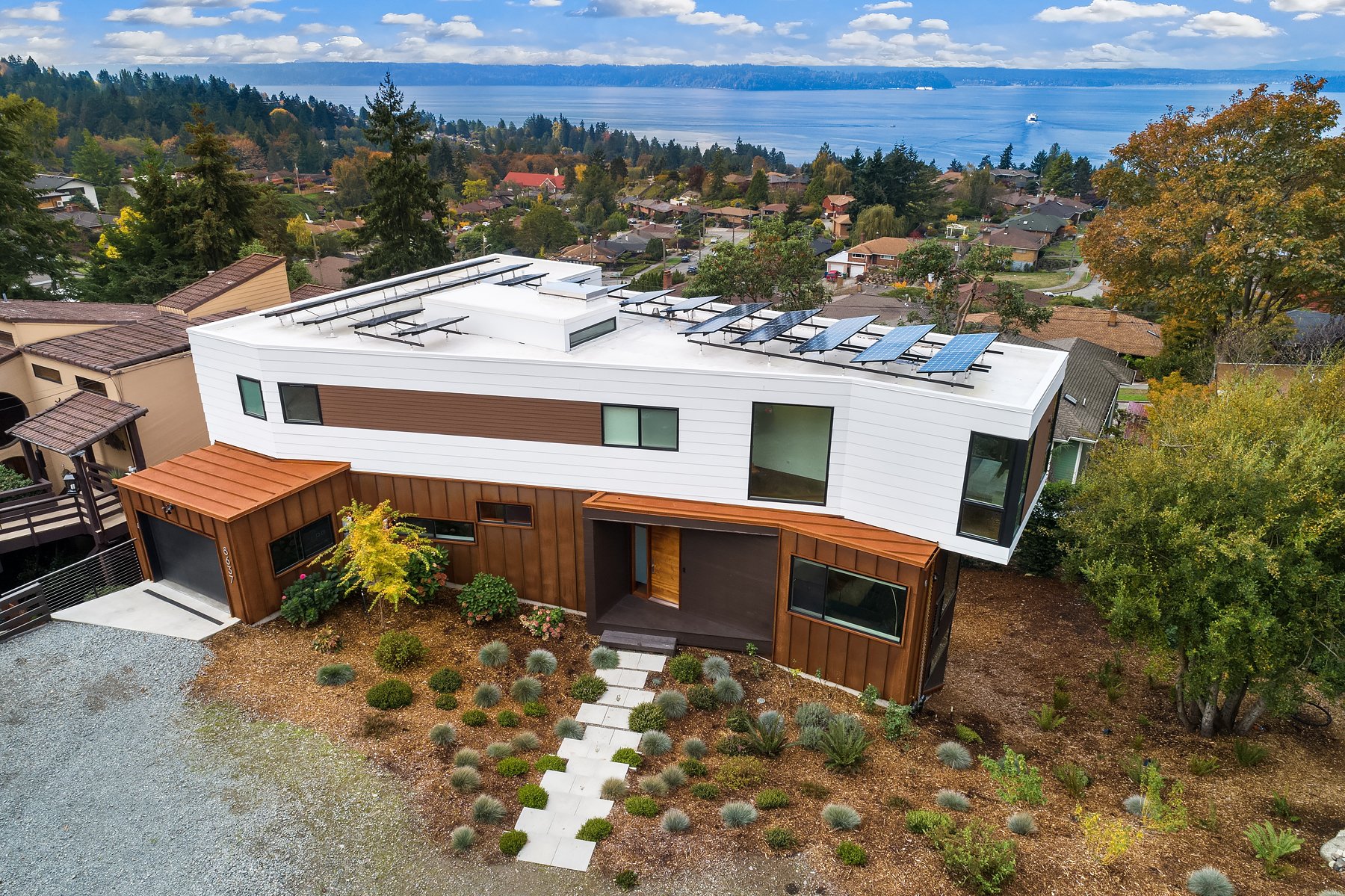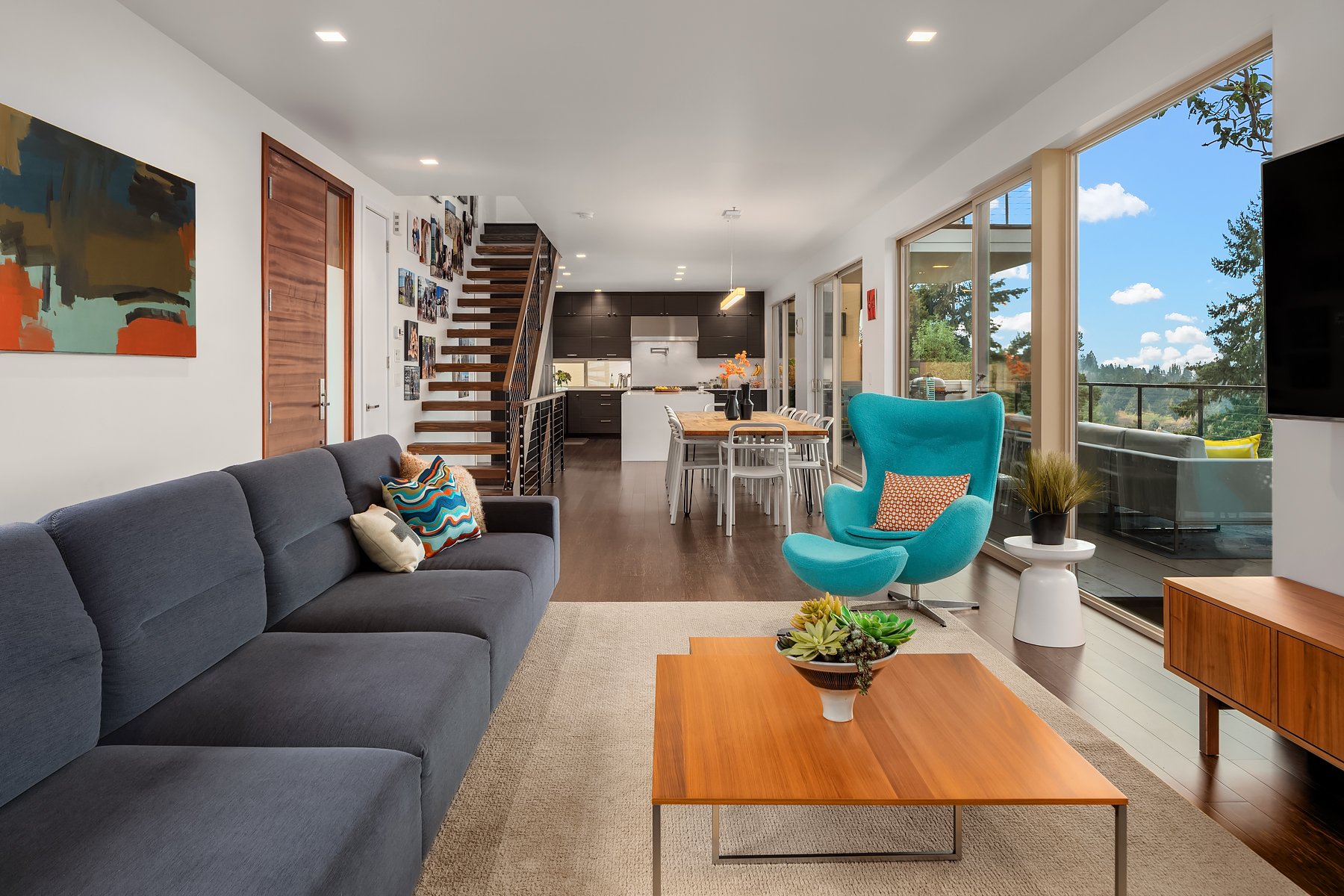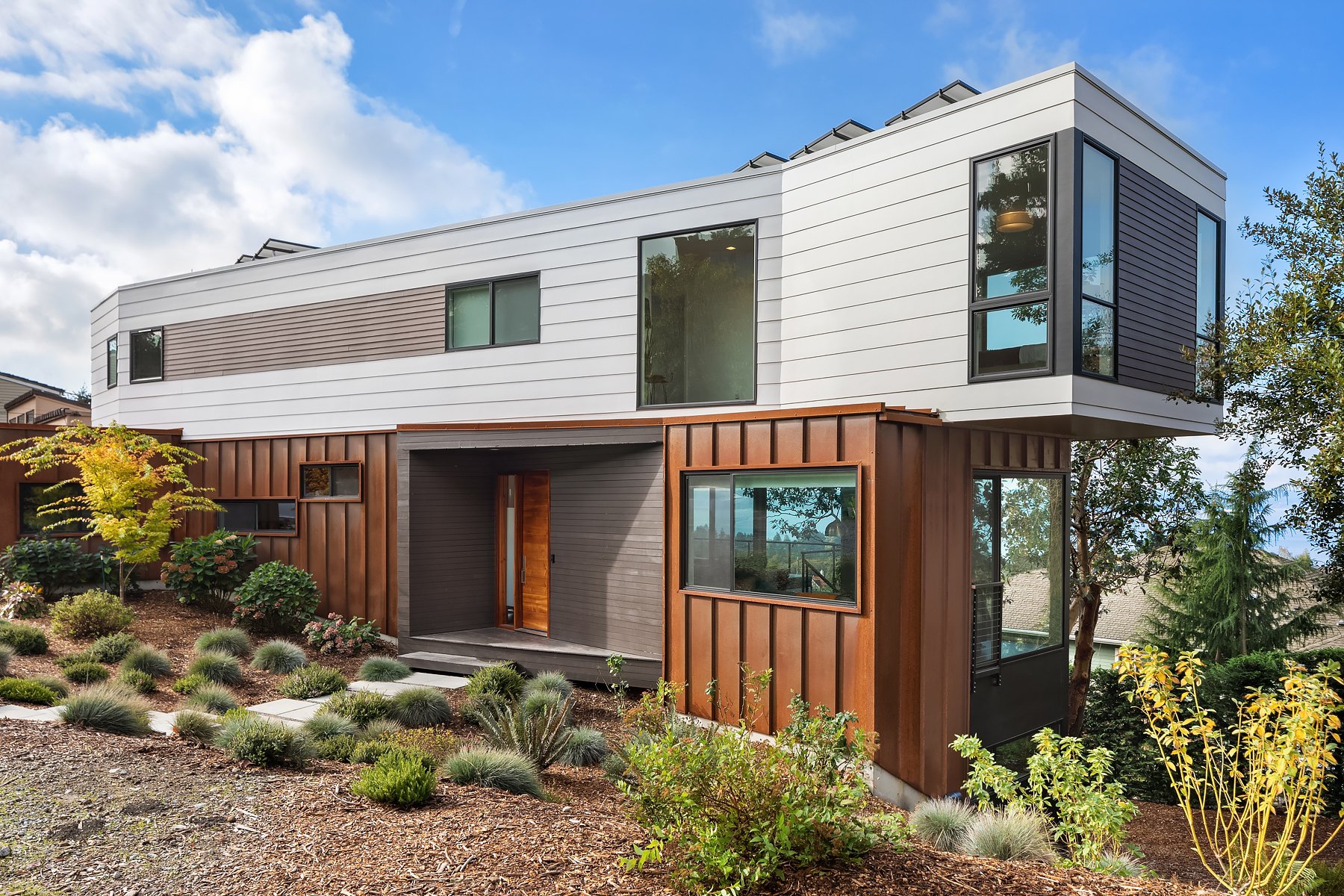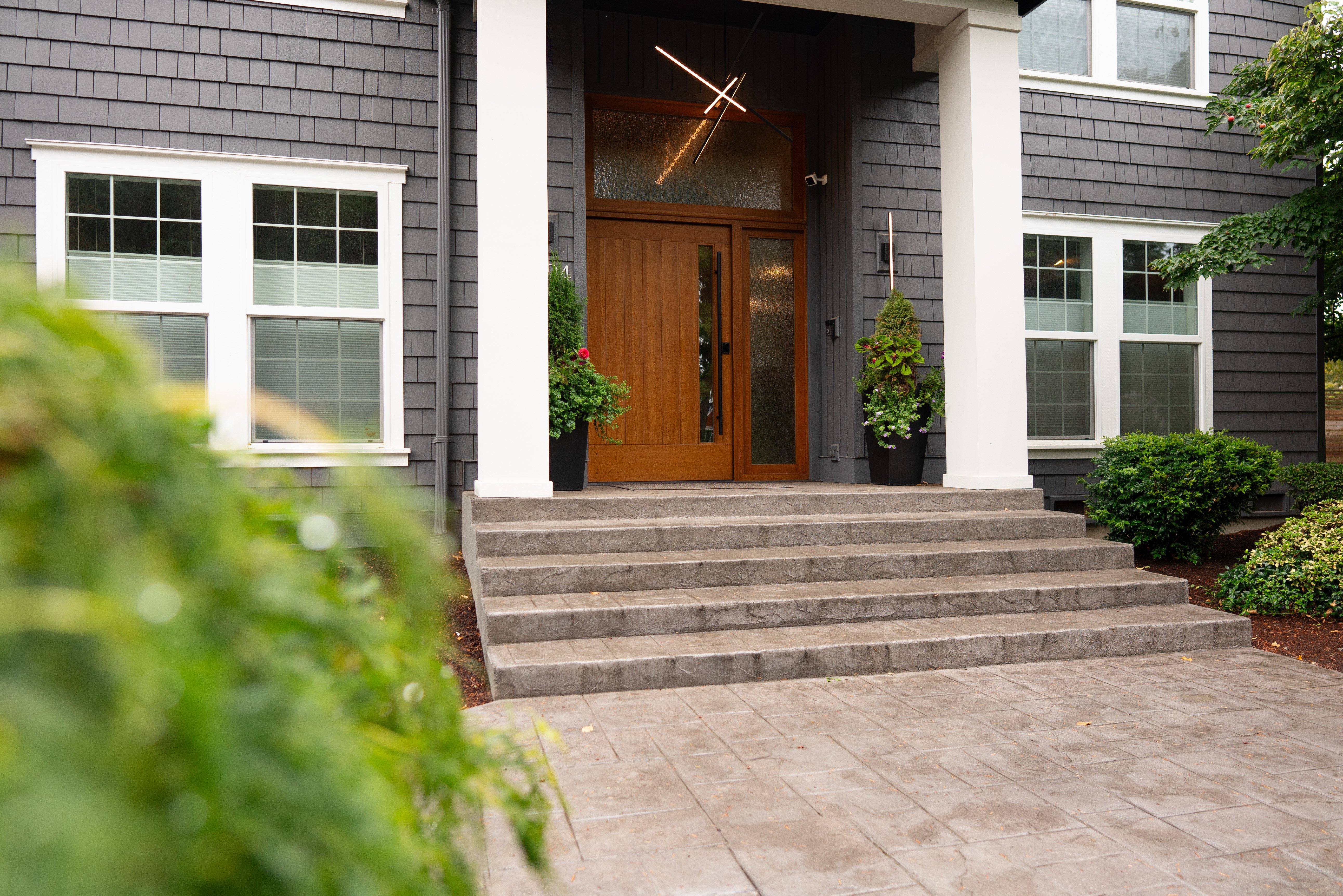Embarking on the journey of building a custom home is an exciting endeavor, but constructing a new home comes with complexities and unique challenges.
In this article, we provide an insightful overview of the estimated duration involved in the custom home-building process and key considerations to know before you start planning to build your new house. Keep in mind that this is not a “one-size-fits-all” approach. Each project’s build time is distinctive and influenced by factors such as your specific preferences, lot conditions, and the intricacies of the design.
Lot Preparation & Pre-Construction
The first step in your custom home construction journey is pre-construction - preparing the lot/ building site. Whether your land is unimproved or already part of a subdivision, the preparations vary significantly. An unimproved lot has no power, gas, water, or water and may necessitate the addition of a culvert and driveway, while improved lots within a subdivision come with utility hookups already in place.
Environmental considerations, such as asbestos remediation, steep slopes, or critical areas, can impact the timeline, making site prep a process lasting anywhere from several weeks to several months.
Excavation & Foundation Installation
Excavating and installing the foundation set the groundwork for your custom home. A house that’s built on a full foundation or basement will have a more complex excavation process than one that’s built on a crawl space.
Oftentimes, the deeper the hole, the more shoring is required to create a safe work environment (shoring is the act of installing a barrier to prevent a cave-in). The quality of the soil will directly impact how much shoring is required.
Once your foundation is excavated, the forming and pouring of footers to support the foundation begins. Once the footings are in place, depending on the type of foundation that’s being constructed, you’ll start to form concrete or start to lay CMU (concrete cinder block).
Weather conditions can also pose challenges, affecting the overall construction project’s timeline. This step can range from 2 to 6 months.
Framing the Structure
The framing phase's duration correlates with prior site preparation and foundation installation. The simplicity or complexity of your home's design and structure influences the amount of time framing will take, which may range from a 4-week to a 4-month timeframe, accounting for weather conditions.
For example, a traditional 1 or 2-story single-family house with 8’ ceilings and typical roof lines with trusses will be faster to frame than an open floor plan concept with vaulted ceilings and rafters.
Roofing, Windows & Exterior Cladding
Before progressing to the interior, your home must be weatherproof. Depending on the materials and complexity of your home's design, installing roofing, windows, and exterior cladding can take a few days to two months. As you can imagine, it takes a lot longer to install brick on an entire house than vinyl siding.
While there are complexities to different types of windows, the majority of the time, windows are similar in installation for the construction process. Similarly, there are multiple types of roofing (metal, corrugated, clay tile, asphalt shingles), and the more detail in a roofing product, the more time it takes to install.
Mechanicals
Plumbing, electrical, and HVAC installations follow exterior work. The construction time for mechanicals typically spans 1 to 3 months, with plumbing taking precedence, followed by electrical and HVAC.
Plumbing always goes first because the plumbing subcontractors need to have first dibs at the structure to run their drain pipes and water lines. Electrical usually goes second to achieve building code, outlets, and switches and accommodate lighting plans. HVAC goes last and uses the space that’s left.
Additional framing may be needed if you’re using a traditional forced-air system. If a modern split system is being used, less framing will need to be altered.
Insulation and Drywall
Once mechanicals are in place and inspected, insulation and drywall installation can commence. The level of finish impacts the average time, with the building timeline ranging from 1 to 3 months.
If the drywall has a light texture finish, it may take less time because they do fewer coats of drywall mud and less sanding. If there is no texture, it will take more coats of mud and more sanding.
Interior Finishes
From flooring to cabinetry, this interior design phase involves intricate details like interior doors, paint, millwork, tile, countertops, and more. The installation timeline varies widely, spanning several weeks to 6 months, depending on the complexity of the homeowner’s selections and lead times of individual items.
Traditionally, there are a few different thoughts on where painting comes into the timeline. The more traditional is that everything gets a primer coat and one coat of color before the interior finishes get installed. The final painting happens after the majority of the interior finishes are complete. That prevents the need for added touchups. It’s important to remember that the timeline of this “phase” has a lot of variables. Are windows drywall-wrapped, or do they have wood trim? Are you installing pre-finished hardwood floors or hardwoods that need to be sanded and finished in place? All of these factors will impact the length of time of this phase.
Final Finishes
The last phase includes final interior painting, plumbing fixture installation, and other final details. All the small details that would be part of a final punch list and construction plan fall into this final phase.
Often, at the end of this phase, we remove protective films and floor protection, preparing the house for occupancy. All final inspections need to be passed, and all requirements of the building permit need to be fulfilled before the certificate of occupancy is issued. The homeowner’s ability to move in hinges on this final step.
The timeline for these finishing touches, inspections, and approvals can take a few weeks to several months.
For a more detailed breakdown of construction timelines, refer to our Home Building Checklist and our article on the 5 Key Steps to Kickstart Your Custom Home Building Journey.
Building Your Dream Home is Worth the Wait
While this overview doesn't cover every detail of custom home construction and building your dream home, it provides a high-level understanding of the process. Considerations not included in this article, such as exterior living spaces and landscaping, may overlap with the final phases.
When factoring in the time each construction phase may take, your custom home build can span from several months to a year or more. Planning and flexibility are key as you embark on this exciting journey toward your dream home.
For more information on beginning a custom-designed home-building project, download our eBook, “How to Find the Perfect Custom Home Builder: A Guide to Creating Your Dream Home.”

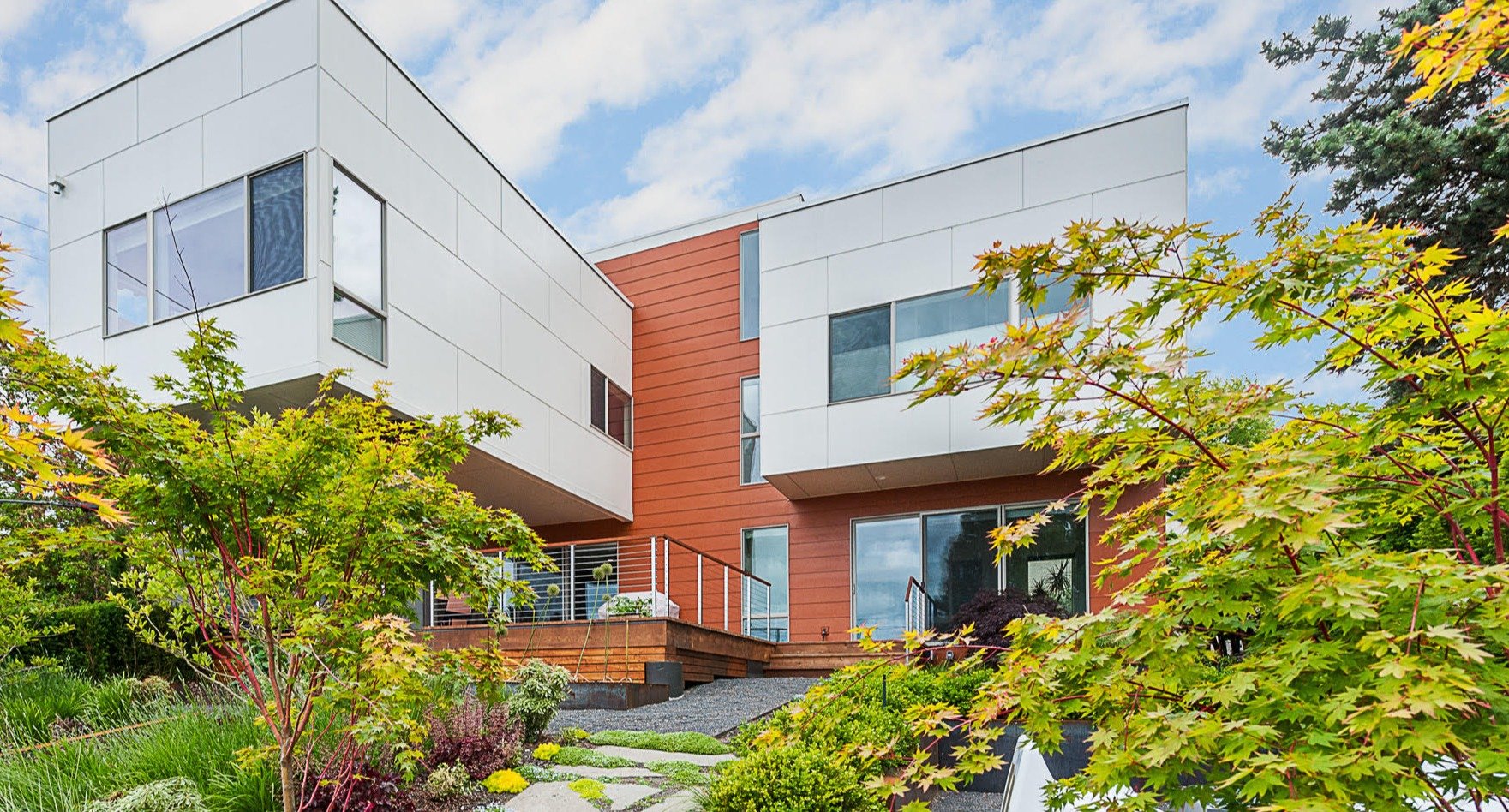
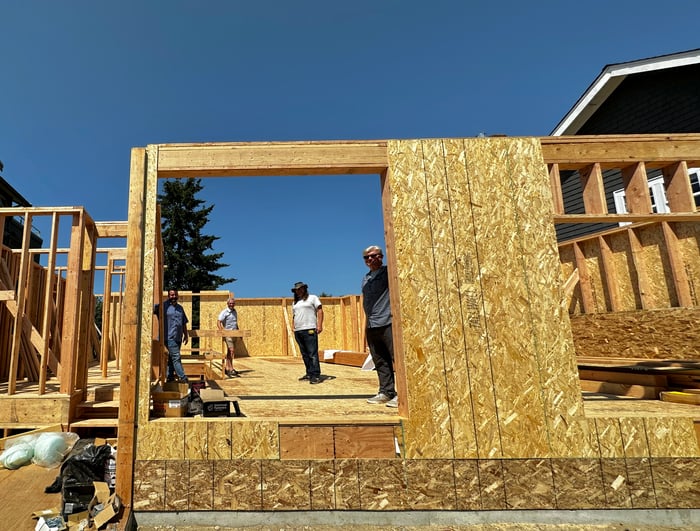
.jpg?width=700&height=466&name=Processed%201%20Small%20(64%20of%2090).jpg)

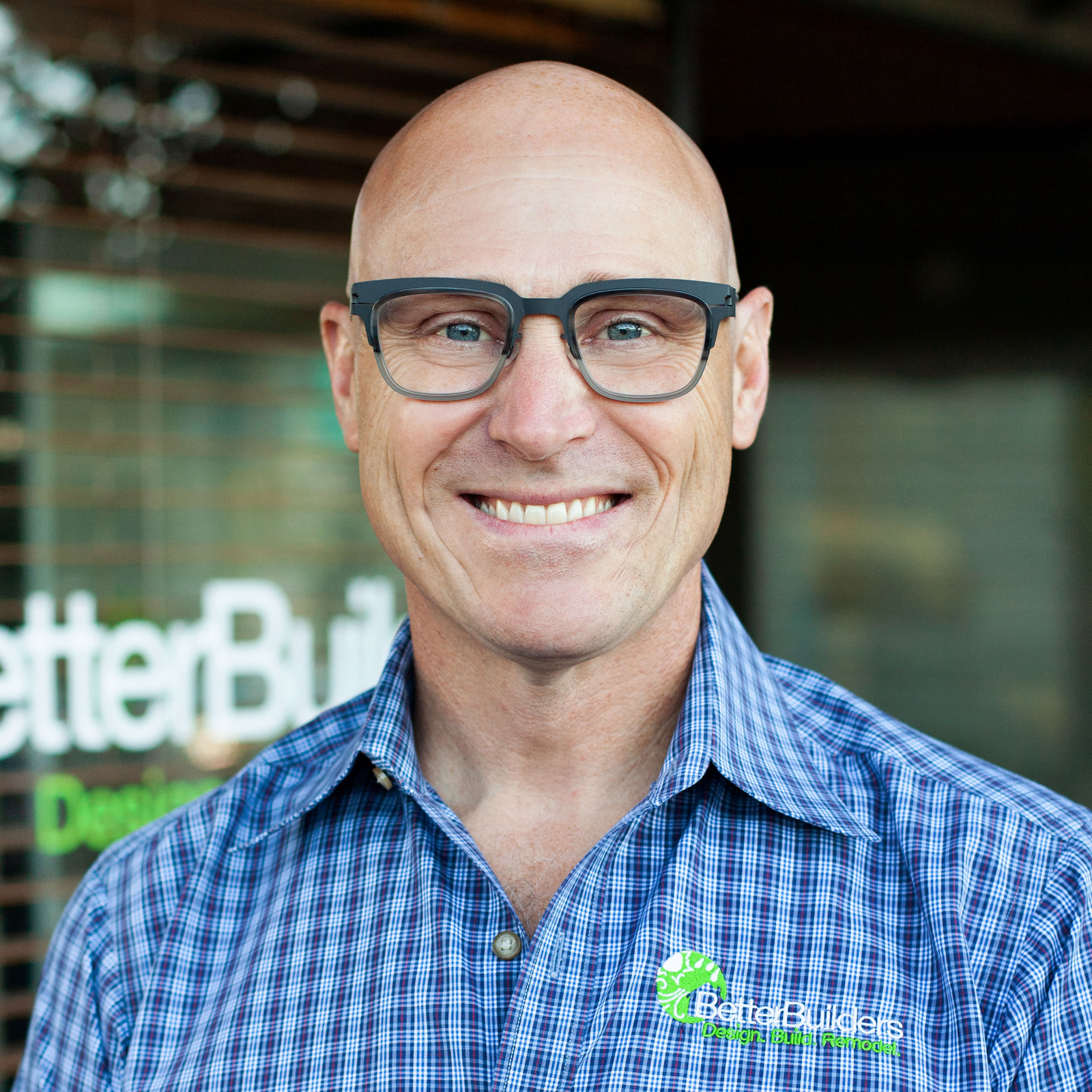
.png)
.jpeg)

